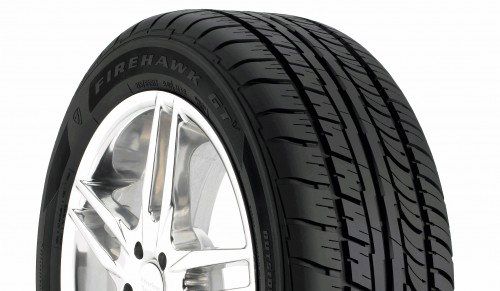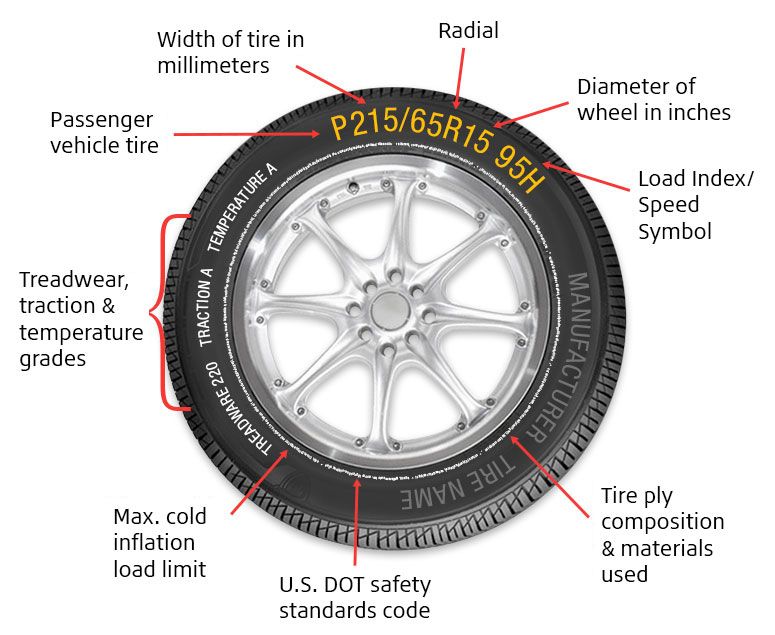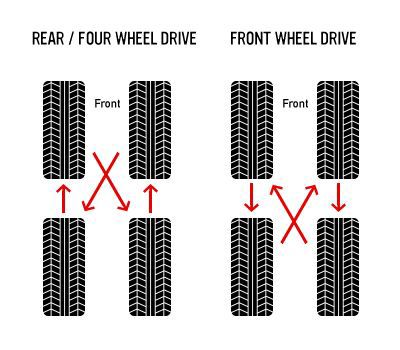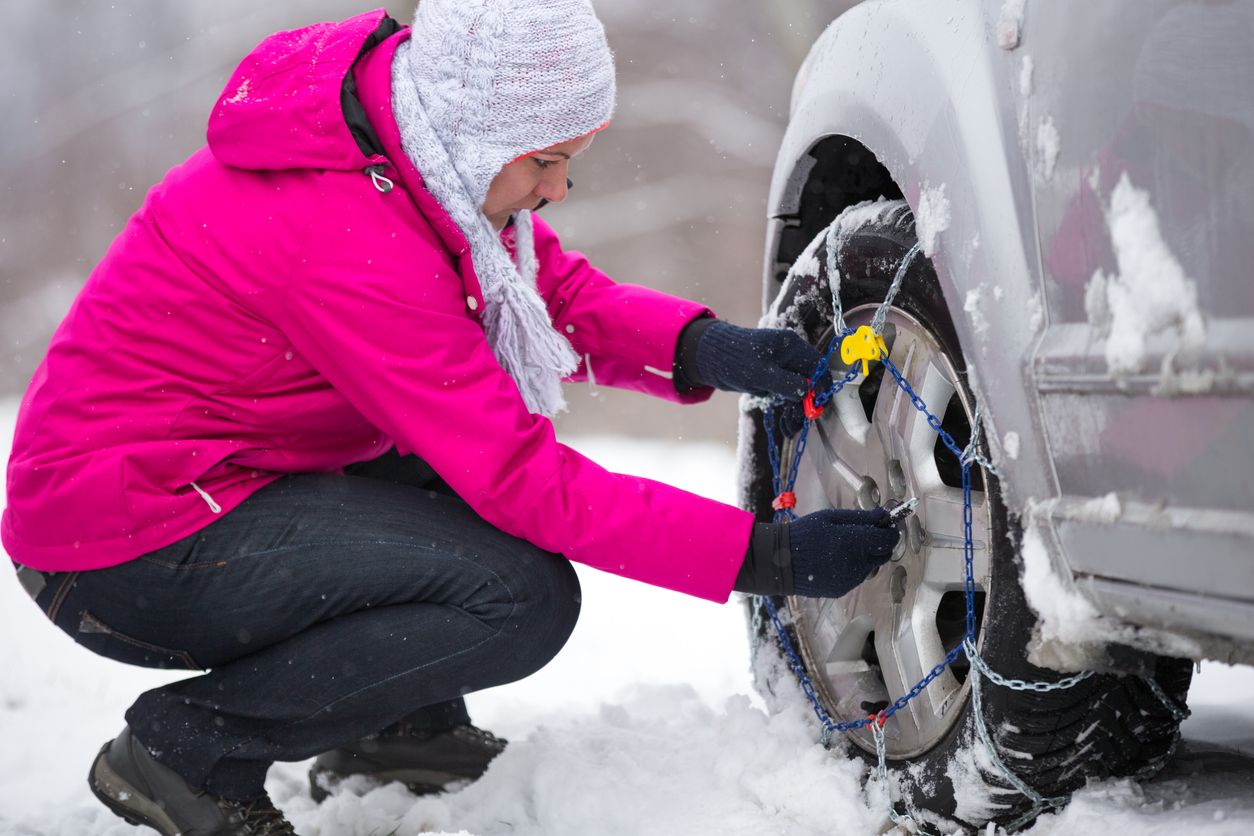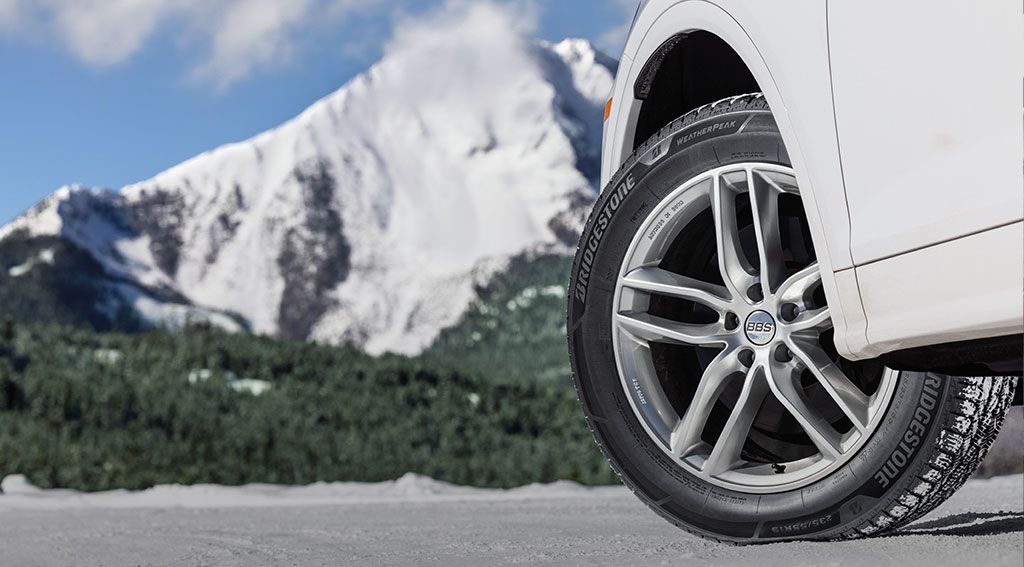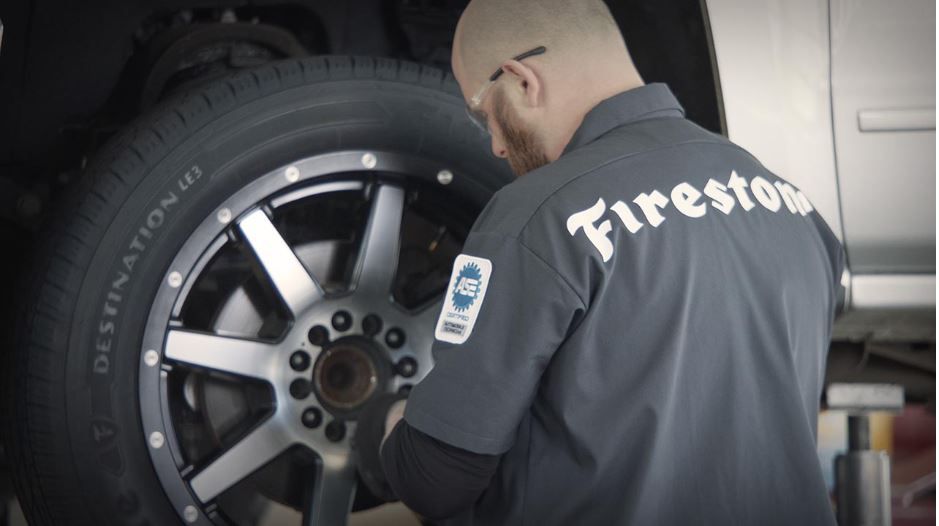Getting the most out of your tire investment includes the proper care and maintenance that you can do along with the tire-related services we do at Firestone Complete Auto Care. Free tire inspections by one of our tire professionals are always available, but learn what you can do to get better mileage and performance.
What You Should Know About Tires
There is valuable information about your tires printed right on the sidewall!
Simple Steps to Better Tire Care
Did you know tires can lose 1 psi of air pressure (pounds per square inch) per month under normal conditions? That’s why checking your tires on a regular basis is one of the easiest things you can do to maintain your investment. For more helpful tips, visit TireSafety.com.
4-Tire Rotation
Did you know that front tires wear out almost twice as fast as rear tires on a front-wheel drive vehicle? Also keep in mind that uneven tire wear may be due to mechanical problems like a misaligned suspension. On average, tires should be rotated every 5,000 miles and more frequently for high performance tires.
Wheel Balancing
Do you feel steering wheel vibration between 50 and 70 miles per hour? Out of balance wheels can create poor handling and a significant reduction in fuel mileage. We recommend wheel balancing with every tire rotation.
Valve Stem Replacement
Loss of air pressure is the number one factor in reduced tire life. When tire valves begin to weather and crack, and/or when valve caps are missing, air seepage is likely to occur. Tire valves should be replaced whenever you purchase new tubeless tires.
Tire Installation
The variety of tire sizes, designs and specialty wheel applications is growing. That makes it necessary to have qualified tire professionals do the work. Every Firestone Complete Auto Care technician is trained in proper installation techniques and uses state-of-the-art mounting equipment.
Flat Repair
When you bring a damaged tire to Firestone Complete Auto Care, we always start with a full inspection. If your tire can be repaired, your tire technician will fill the damaged area, seal the inner liner, then re-check for leaks before re-installing the tire.
What’s Inside Your Tire?
Some basic construction features of a common radial tire:
